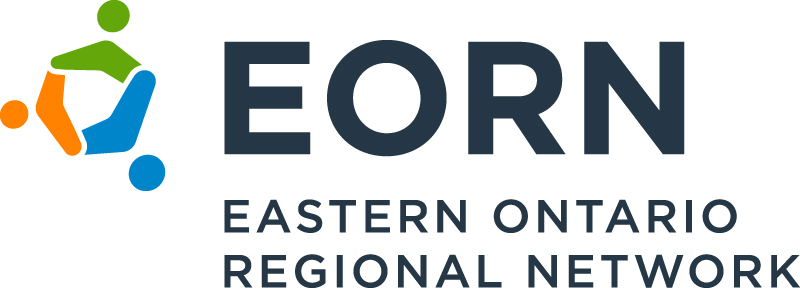The federal and provincial governments have both acknowledged the need for high speed broadband for residents and businesses. Infrastructure Ontario has announced they are proceeding with Ontario Connects, a plan to connect all homes in Ontario by the end of 2025.
With this announcement, the proposed EORN Gig Project will not be proceeding at this time. EORN appreciates the federal and provincial government commitment to expanding broadband in the eastern Ontario region. EORN will monitor the progress of this program and will continue to be a strong advocate for broadband investment in our region, ensuring that no one is left behind.
For more information about new projects happening in your area, visit the Ontario Connects High Speed Internet Projects Map.
For information on providers already operating in your area, please visit the National Broadband Internet Service Availability Map.
| The EORN Gig Project Overview | ||||
|
The COVID-19 pandemic has highlighted the crisis in rural internet access and capacity. It has impacted businesses, student learning, healthcare and government services. EORN proposed a project to deliver ultra-fast internet speeds to homes and businesses in the region. This would have been a game-changer for eastern Ontario to attract and retain businesses and residents, and to compete globally over the long term. “Gig” refers to an internet speed of 1,000 Mbps or 1 Gbps (gigabit per second). It provides seamless, reliable connectivity needed for business, healthcare, education and other services. Gig speed is also needed for smart technologies that depend on reliable, continuous high-speed connectivity for real-time data sharing. Delivering Gig service generally involves a fibre optic or cable connection to the home or business. Fixing the issue now with a comprehensive Gig solution will ensure that rural communities have the connectivity needed to recover from the pandemic and compete globally over the long term.
The information above can be found in this printable background document. |
||||
| Economic Analysis of the Proposed EORN Gig Project | ||||
|
The EORN Gig Project would have significant economic benefit for eastern Ontario. EORN contracted Dr. Tom Phillips and Dr. Reza Rajabiun to complete independent economic studies of this impact. Copies of these reports are found below.
|

